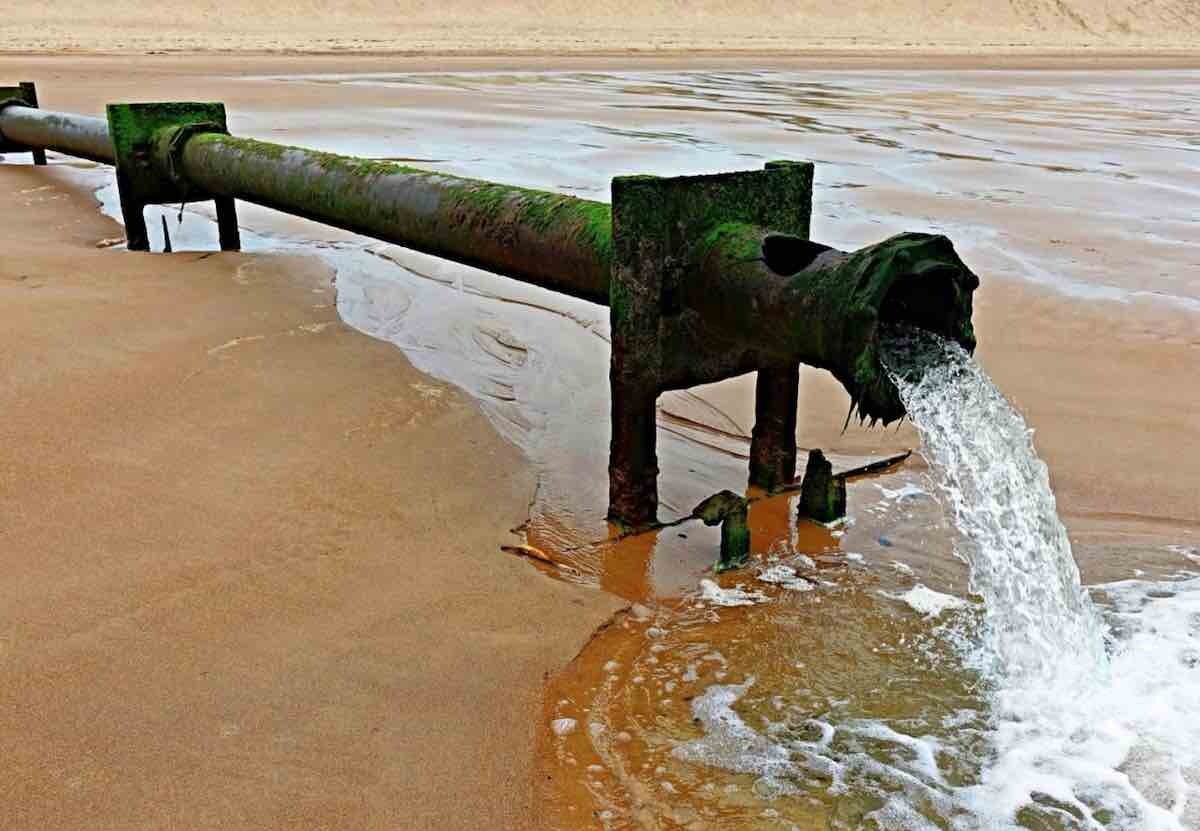Scientists from the University of Adelaide have led an international team of researchers in a bid to boost the conversion of wastewater to renewable hydrogen – and made a significant breakthrough.
Green hydrogen is produced by using renewable electricity to “split” water into hydrogen and oxygen. To make the electrolysis process more sustainable, urea in wastewater can be used to power fuel cells as an alternative to clean water.
The downside of this approach, however, is that the technologies that use urea tend to perform poorly in terms of efficiency.
The University of Adelaide-led study, however, has found a new catalyst made from nickel ferrocyanide that requires less energy input to produce the hydrogen, while also reducing the urea content in the waste water – a win on both fronts.
“We have developed a new kind of catalyst that more efficiently generates clean energy from waste water that contains urea,” said Associate Professor Yao Zheng, a joint first-author of the study published in the Nature journal.
“We have shown for the first time that we can make the process in the electrolyser work more efficiently so it can reduce the energy input and produce more hydrogen, than those that use existing catalysts.”
